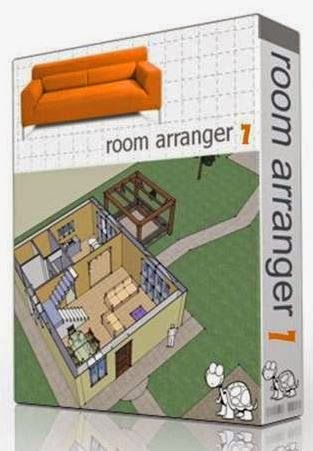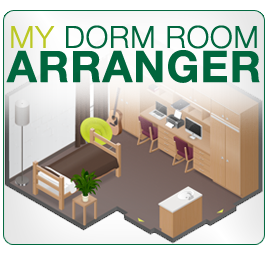

- #ROOM ARRANGER SNAP TO GRID INSTALL#
- #ROOM ARRANGER SNAP TO GRID WINDOWS 10#
- #ROOM ARRANGER SNAP TO GRID DOWNLOAD#
- #ROOM ARRANGER SNAP TO GRID WINDOWS#
#ROOM ARRANGER SNAP TO GRID WINDOWS#
The old experience does have limited support for mulitple monitors.ĭespite the current limitations, FancyZones brings some much-needed window management functionality to the Windows desktop.

It’s not yet possible to define layouts for your secondary displays, which restricts the app’s usability. At present, using the default “new zone editing experience,” only your primary monitor will work with FancyZones. One of the most serious issues with FancyZones today is its lack of support for multiple monitors. A backlog of issues and ideas is being maintained, with community input welcomed. If you always keep Outlook in one region and Edge below it, turning on this option means you won’t need to manually drag those apps into their zones each time they’re launched.įancyZones is still very new and remains in active development. This means hotkeys such as Win+Right will no longer snap windows to half of your monitor, instead moving them between your FancyZones regions.Īnother option, “Move newly created windows to their last known zone,” allows windows to remember the region in which they were last used. The option to “Override Windows Snap hotkeys” allows FancyZones to completely replace Windows 10’s Snap functionality. Most are fairly self-explanatory but we’ll highlight a few that are worth knowing about.

FancyZones settingsĪlthough it’s still in a pre-release state, FancyZones already has several configuration options. It combines the power of the Flow and Snap frameworks and lets you stitch pre-made rooms using a powerful. Drop the window over a zone and it will automatically resize to fill the region. New: A powerful new builder called SnapGridFlow. My midi clips in arranger will not snap to the grid, anybody know why Is the icon next to the 1/8th (or whatever it's set to) icon on (2 triangles with a line between) Mine got turned off once and I had never really noticed it before. While moving an app’s titlebar, hold shift to see the zones you can drag it into. I've tried clicking adaptive, non adaptive, changing 1/4th to 1/8th etc. You’re now ready to arrange windows with FancyZones! With the default settings, you can use the shift key to drag a window into a zone.
#ROOM ARRANGER SNAP TO GRID INSTALL#
Run the installer and follow the prompts to install PowerToys.

The installer doesn’t yet carry a Microsoft signature, although subsequent releases will.
#ROOM ARRANGER SNAP TO GRID DOWNLOAD#
You’ll first need to download and install PowerToys from its GitHub page. You get to customise your desktop so you can comfortably work with a multitude of windows at once. There are few limitations as to the layout you can produce. You can have four columns, or three rows, or four columns and three rows (for a total of 12 cells) in a custom grid layout. With FancyZones, you can define complex window layouts. They’ll then be resized to fill a half or a quarter of the screen. Its Snap feature lets you drag windows to the edge of your monitor.
#ROOM ARRANGER SNAP TO GRID WINDOWS 10#
Windows 10 already has basic support for this. The module allows you to define fixed layouts on your display, which app windows then align themselves to. Hidden layers are shown with a colored tab (see Figure 20).įigure 20: Making layers visible or hidden.FancyZones brings many of the benefits of tiling window managers to the Windows desktop. Making this latter layer visible or hidden will show the doors and drawers open and closed. The body of the chest would be drawn on the Layout layer, the pulled out drawers and the open doors drawn as a group and put on a separate user defined layer.įigure 19: Floor plan with chest of drawers. In addition a chest of drawers has been added. From upper to lower: before merging, after merging and after hatching.įigure 19 shows the finished floor plan. Watch out that the rectangles completely overlap (see Figure 18) otherwise the merging will give uneven edges.įigure 18: Wall corner from two rectangles. With the field Position and Size you can very easily position and dimension the individual wall sections. The drawing scale and grid settings will depend on the size of the floorplan. Before you do this, you should read the section Drawing to scale.įor this example a suitable measurement unit is centimeter. You can also draw single rectangles or polygons, place them together, select them and then from the right-click menu use Shapes > Merge to make a single figure, then add a hatching pattern. The simplest way is to draw walls as thick lines. The floor plan of a room or a house is easily drawn with Draw. A popular application for programs like Draw is the “moving the furniture” scenario.


 0 kommentar(er)
0 kommentar(er)
